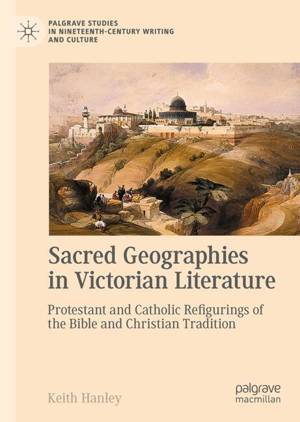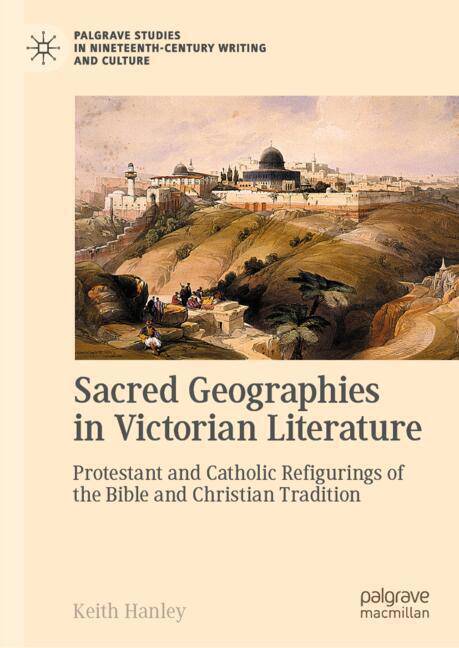
Je cadeautjes zeker op tijd in huis hebben voor de feestdagen? Kom langs in onze winkels en vind het perfecte geschenk!
- Afhalen na 1 uur in een winkel met voorraad
- Gratis thuislevering in België vanaf € 30
- Ruim aanbod met 7 miljoen producten
Je cadeautjes zeker op tijd in huis hebben voor de feestdagen? Kom langs in onze winkels en vind het perfecte geschenk!
- Afhalen na 1 uur in een winkel met voorraad
- Gratis thuislevering in België vanaf € 30
- Ruim aanbod met 7 miljoen producten
Zoeken
Sacred Geographies in Victorian Literature
Protestant and Catholic Refigurings of the Bible and Christian Tradition
Keith Hanley
€ 213,95
+ 427 punten
Omschrijving
This book describes how Christian sacred geographies were represented in Victorian literature. It demonstrates first how those from the Hebrew Bible and the Old and New Testaments had become politically domesticated and psychologically internalised to sustain the Victorian Protestant imaginary in art and literature. It then examines how, following the relocation of the centre of Christendom from Jerusalem to Rome in the Middle Ages, the geographical axis between Rome and Britain had been disrupted during the period of Catholic penalisation but was restored by Emancipation and conversion in the nineteenth century. As a result of these national relocations, a literary atlas of sacred heterotopias, other worlds, was mapped by Protestant and Catholic writers within their industrial-imperialist period. Intended for a primary readership of academics and researchers in the field of Victorian Literature, Religious Studies and History, it focuses on the works of nine writers in a variety of genres, including poetry, novels, art criticism, and historical, literary and theological essays.
Specificaties
Betrokkenen
- Auteur(s):
- Uitgeverij:
Inhoud
- Aantal bladzijden:
- 231
- Taal:
- Engels
- Reeks:
Eigenschappen
- Productcode (EAN):
- 9783031751844
- Verschijningsdatum:
- 3/07/2025
- Uitvoering:
- Hardcover
- Formaat:
- Genaaid
- Afmetingen:
- 148 mm x 210 mm
- Gewicht:
- 453 g

Alleen bij Standaard Boekhandel
+ 427 punten op je klantenkaart van Standaard Boekhandel
Beoordelingen
We publiceren alleen reviews die voldoen aan de voorwaarden voor reviews. Bekijk onze voorwaarden voor reviews.









